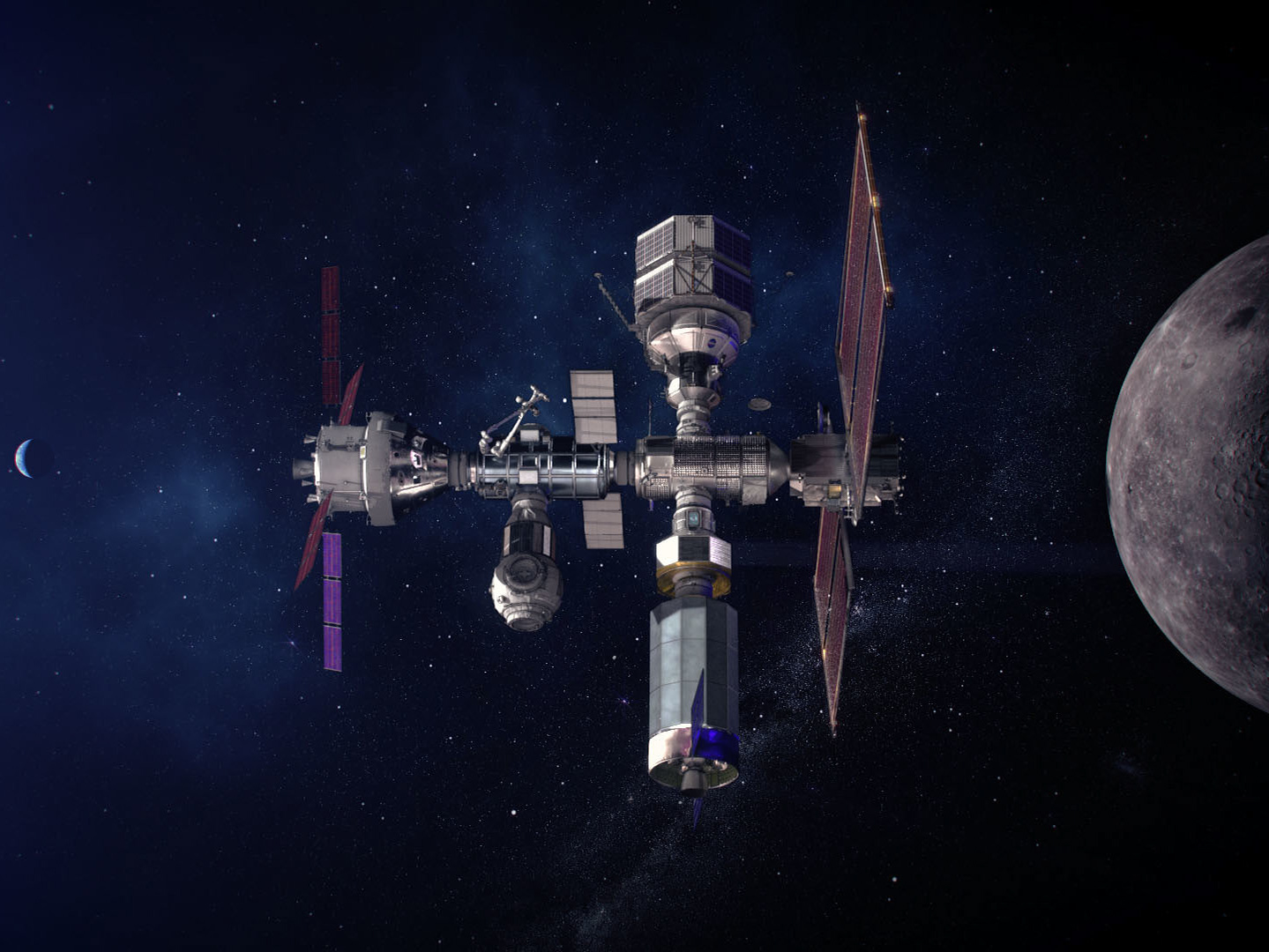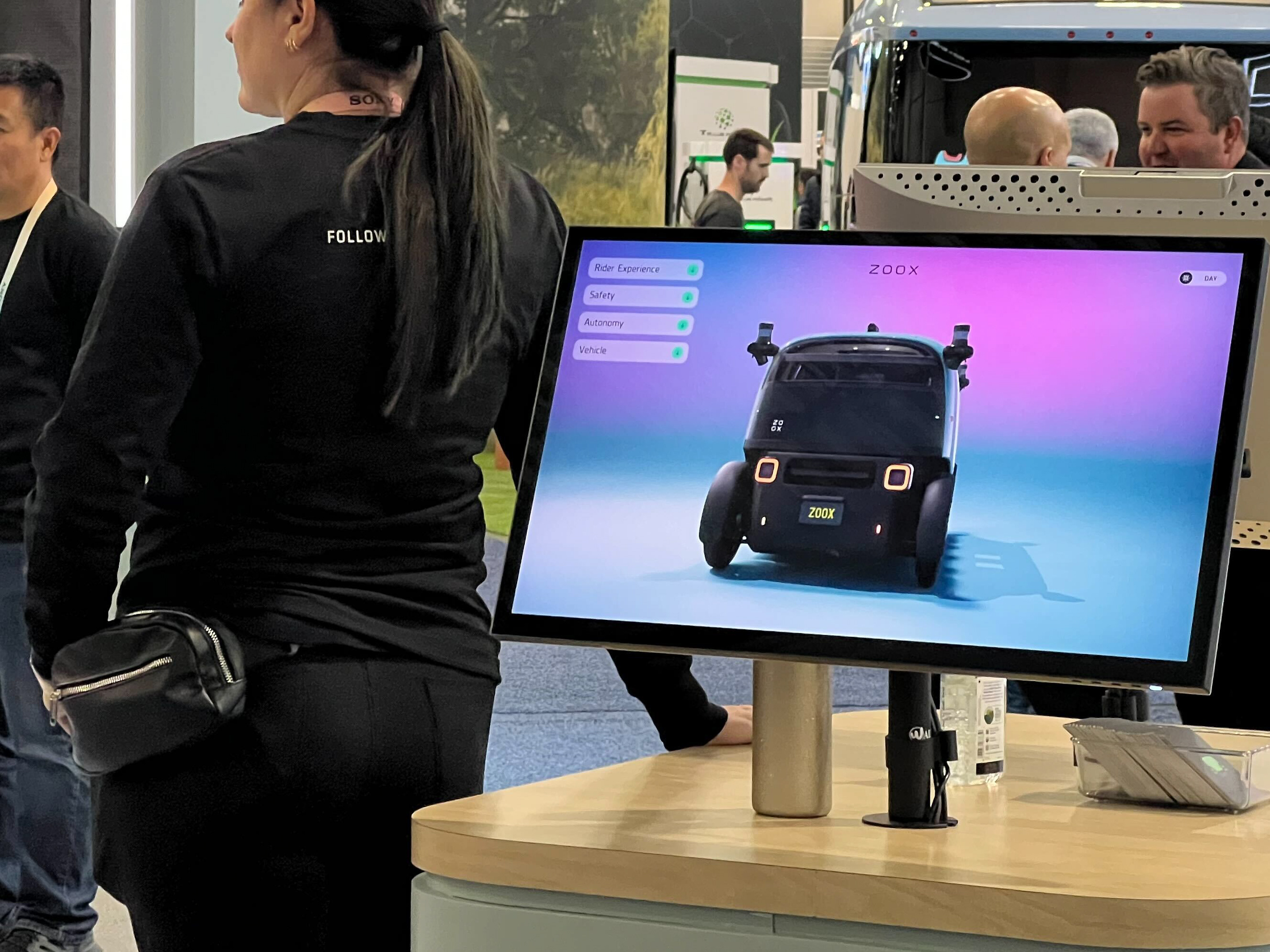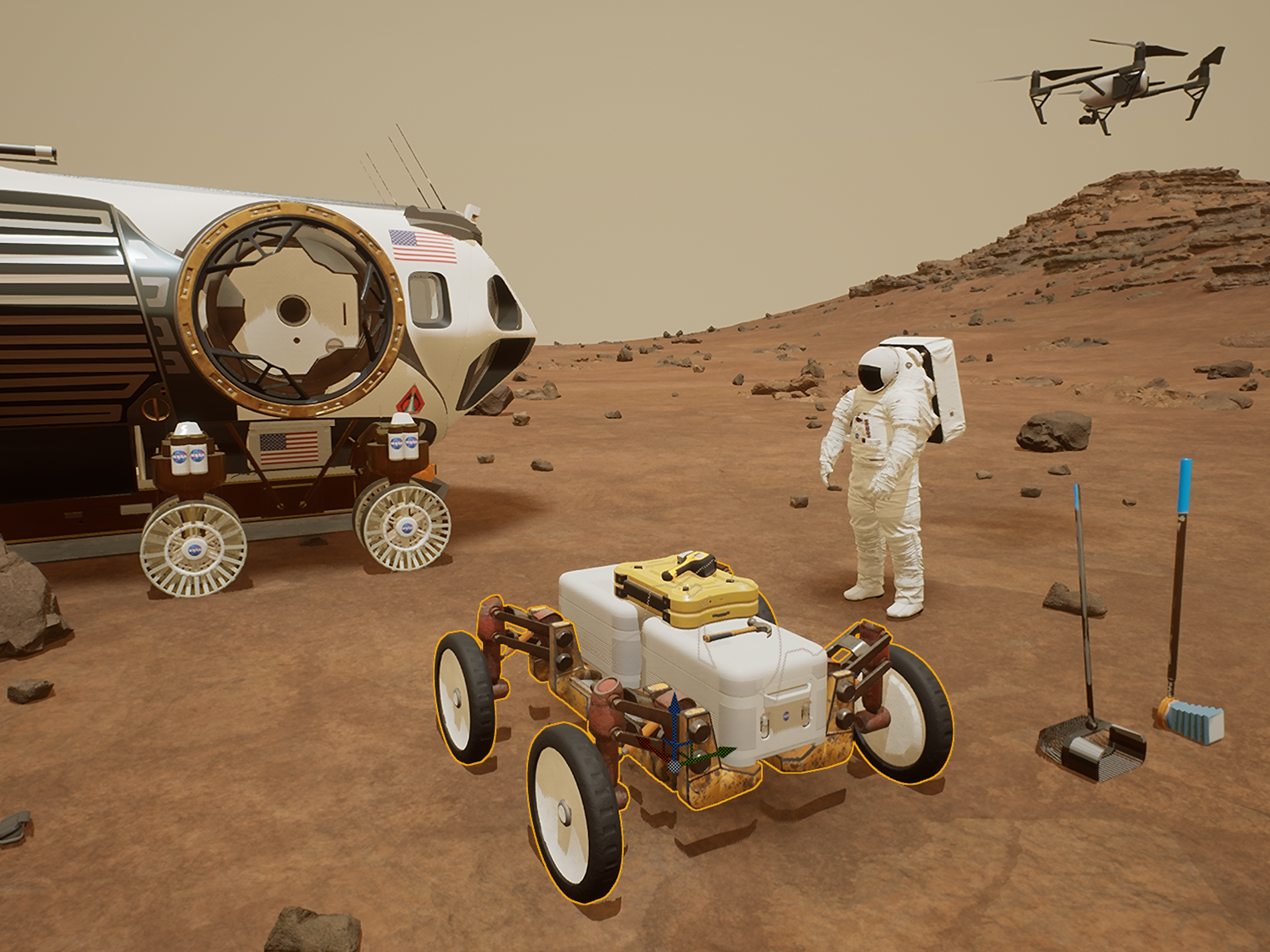In recent years, the creative landscape has seen a surge in powerful generative AI tools and a growing fascination with immersive 3D experiences. As artists and designers rush to keep pace with an increasingly digital world, the demand for more intuitive and collaborative methods of producing 3D content is apparent. Despite the progress made by existing platforms, many creatives still struggle to seamlessly generate, refine, and publish their assets in a unified and intuitive workspace.
How might we improve the process of generating 3D models?
I started by examining existing digital content creation (DCC) applications and cutting-edge computer graphics research. Current tools either focus on AI generation with limited editing capabilities or manual modeling without AI assistance, creating a gap in real-time, interactive generative 3D creation. Research advancements offer exciting potential, but these techniques have yet to be packaged into a single software or pipeline.
I developed a fictional user profile to represent the target audience. This profile, Jane Doe, embodies a 3D artist and game designer who values AI-assisted creativity, rapid prototyping, and real-time collaboration. This approach helped me focus on practical, user-driven solutions rather than just theoretical design concepts.
With research insights and the Jane Doe user profile in place, the next step was to define how users would interact with the tool. I started by creating a high-level user flow to outline the essential steps—from sign-in to project creation, AI-powered generation, editing, and final export. This helped establish a clear structural foundation for the tool.
Building on this, I developed a more detailed user flow, capturing the decision points and interactions needed for a smooth, AI-assisted workflow. This process helped me form an intuitive sense of the software's core functionality, reinforcing the need for a system that bridges AI generation and manual design in real-time.
Next, I moved into wireframing key sections of the interface. This step translated abstract workflows into tangible layouts, ensuring an intuitive navigation experience. I considered key aspects such as collaborative editing, AI refinement options, and project versioning, ensuring users could balance AI automation with creative control in a seamless, browser-based environment. In addition, this is when I arrived at the product name: SCULPT3D.
With the name chosen, I moved to visual design and branding, using generative AI to create a logo inspired by industry-leading tools. The final design reflects SCULPT3D’s AI-driven creativity and seamless collaboration, with fluid gradients for innovation, geometric structure for precision, and a modern aesthetic for futuristic appeal—positioning it as an intuitive, cutting-edge tool for 3D artists and designers.
With the brand identity established, the next step was applying the visual design to the wireframes, transforming them into high-fidelity mockups. This process involved refining UI elements, integrating the logo, typography, and color scheme, and ensuring a cohesive look and feel across the platform.
The SCULPT3D editor bridges gaps in generative 3D design by combining AI-powered model generation with real-time, collaborative editing in a browser-based workflow. Unlike other 3D content creation tools, it enables non-destructive AI refinement and proxy-guided conditioning. Multi-modal controls make AI-assisted modeling more accessible, while real-time collaboration ensure seamless teamwork. By integrating generation, editing, and scene composition into a single platform - SCULPT3D unlocks a powerful yet intuitive way to create 3D content.
The SCULPT3D case study demonstrates a full design process, from research and wireframing to branding and cross-platform UI implementation, ensuring a seamless experience across desktop, tablet, and mobile devices. By integrating AI-powered 3D generation with real-time collaboration, SCULPT3D bridges automation and creative control. The next steps include prototyping and usability testing - eventually moving on to AI model integration, enhanced multi-user collaboration, and performance optimization.



